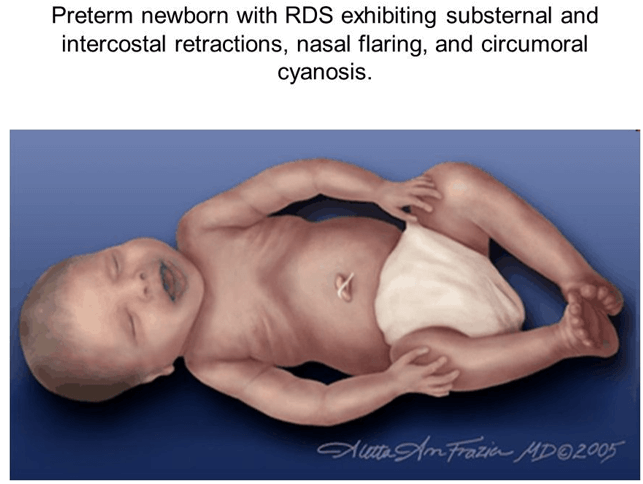The practical nurse (PN) is charting vital signs on a hand-writen flow sheet and realizes that an error has been made. What should the PN do to rectify this error?
Obliterate the entry and insert the correct information
Draw one line through the entry and insert the correct information
Chart the correct information in the next column.
Notify the charge nurse that the entry needs to be revised
The Correct Answer is B
This is the correct way to correct an error on a hand-writen chart, according to the legal and ethical principles of documentation. The PN should also initial and date the correction.
Obliterating the entry or charting in the next column can create confusion and suspicion of tampering with the records. Notifying the charge nurse is not necessary unless the error has serious implications for the client's care or safety
Nursing Test Bank
Naxlex Comprehensive Predictor Exams
Related Questions
Correct Answer is A
Explanation
Circumoral cyanosis is a bluish discoloration around the mouth that indicates inadequate oxygenation. It is an abnormal finding in a full-term newborn and requires immediate assessment and intervention by the PN.
The other options are not correct because:
- A positive Babinski's reflex is a normal finding in newborns that indicates intact neurological function. It is elicited by stroking the sole of the foot and observing the fanning of the toes.
- A negative Ortolani's sign is a normal finding in newborns that indicates no hip dislocation or dysplasia. It is elicited by abducting the hips and feeling for any clicking or clunking sensation.
- A large sacral "stork bite" is a common benign birthmark that appears as a reddish patch on the lower back or nape of the neck. It usually fades within the first year of life and does not require any treatment.

Correct Answer is C
Explanation
The correct answer is C. Oriented to person only.
Choice A rationale:
A blood pressure of 144/84 mmHg is slightly elevated but not critically high. While it is important to monitor, it does not immediately impact the instructions for morning care.
Choice B rationale:
An oxygen saturation measurement of 95 to 96% is within the normal range and indicates adequate oxygenation. This is important to monitor but does not require specific changes to morning care instructions.
Choice C rationale:
Being oriented to person only indicates a significant alteration in the client’s cognitive status, which is crucial for the UAP to be aware of. This affects the client’s ability to understand and follow instructions, and may require additional supervision and safety measures during care.
Choice D rationale:
A urinary output of 50 mL/hour is within the normal range (typically 30-50 mL/hour is considered adequate). While it is important to monitor, it does not necessitate immediate changes to morning care instructions.
: 1
Whether you are a student looking to ace your exams or a practicing nurse seeking to enhance your expertise , our nursing education contents will empower you with the confidence and competence to make a difference in the lives of patients and become a respected leader in the healthcare field.
Visit Naxlex, invest in your future and unlock endless possibilities with our unparalleled nursing education contents today
Report Wrong Answer on the Current Question
Do you disagree with the answer? If yes, what is your expected answer? Explain.
Kindly be descriptive with the issue you are facing.
